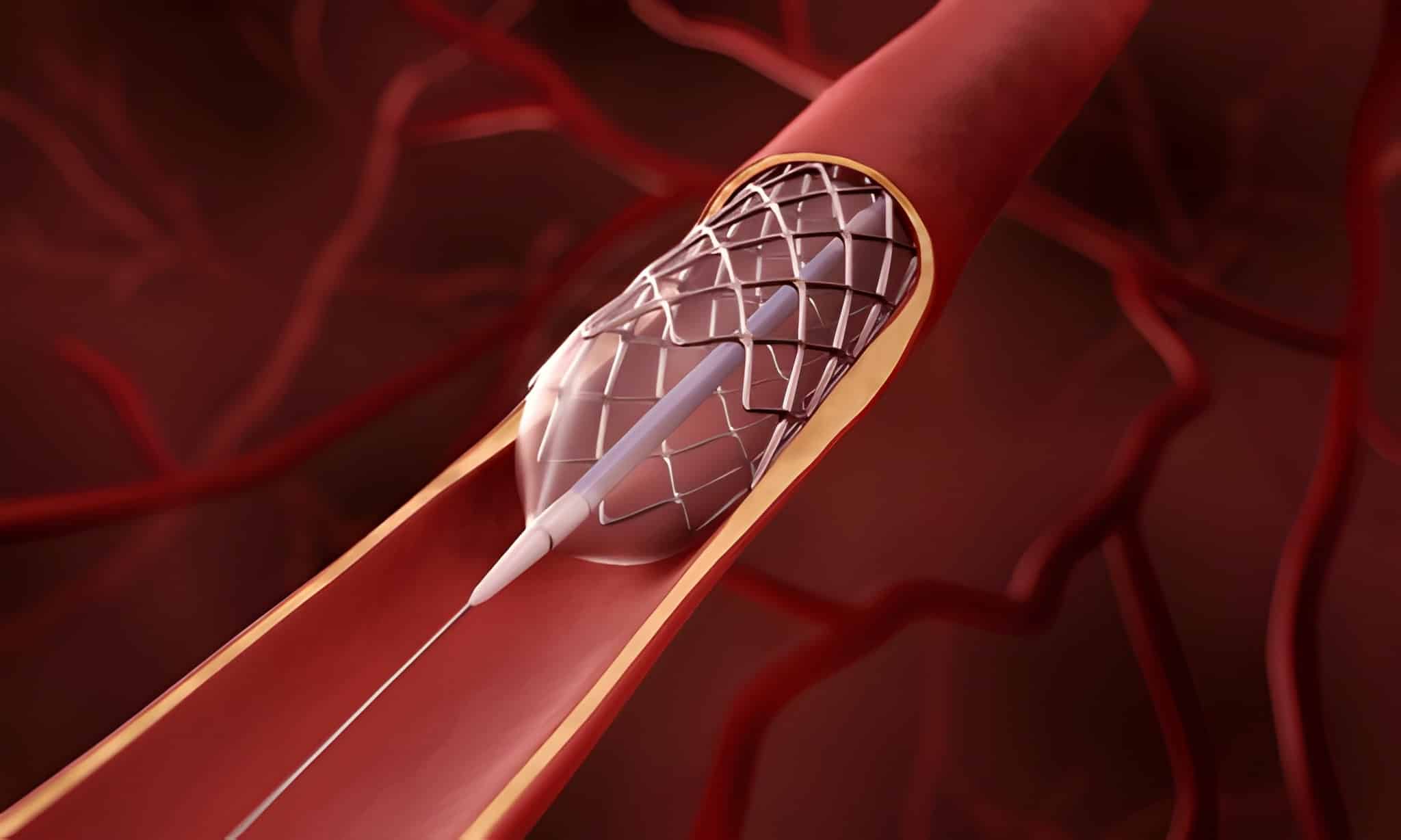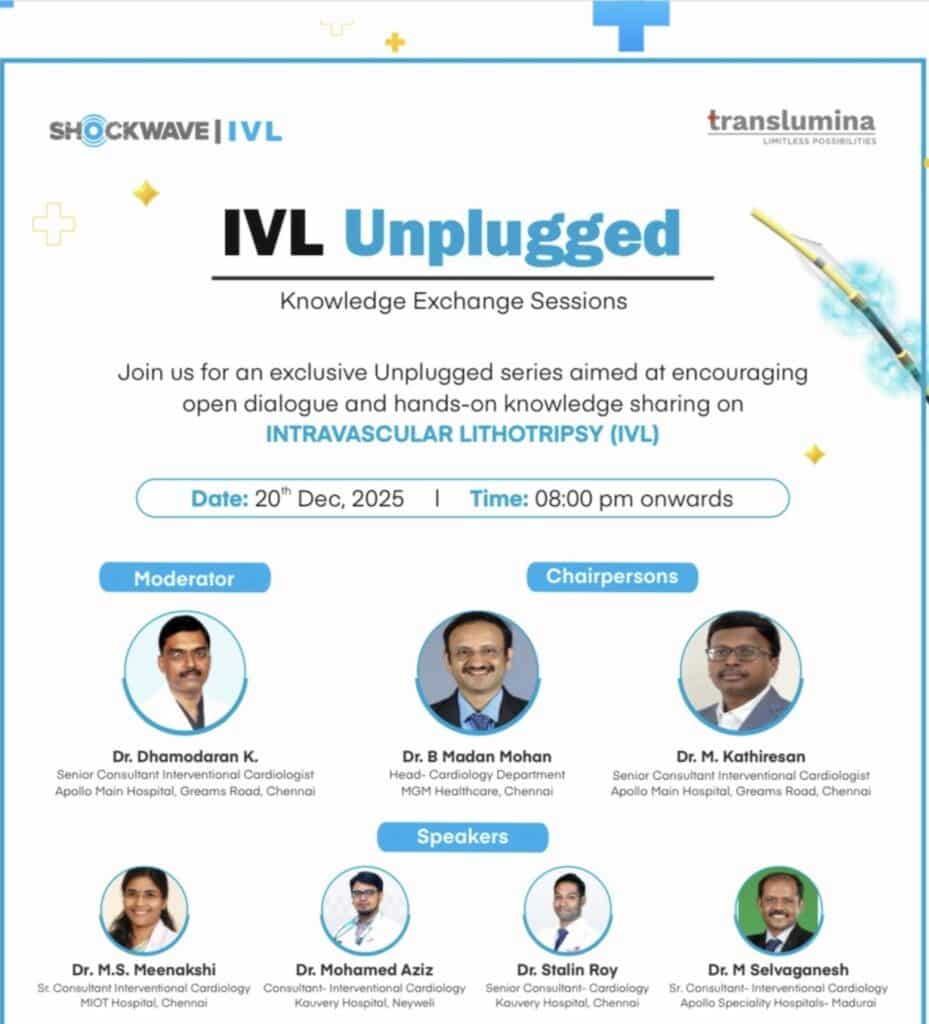Drug‑coated balloons (DCBs) are transforming vascular interventions with a “leave‑nothing‑behind” approach, delivering medication directly to the vessel wall without leaving permanent implants. Among these, the paclitaxel drug‑coated balloon stands out for their potent anti‑restenotic effects. This blog dives into their mechanism of action, key applications, benefits, limitations, and their emerging role in today’s cath lab landscape.
Why Drug-Coated Balloons Are Revolutionizing Vascular Therapy
The development of DCBs has shifted the paradigm away from permanent implants and long-term polymer exposure. Instead, they deliver medication directly to the vessel wall and then vanish, a leap forward in minimally invasive care. They offer several clinical advantages:
- “Leave nothing behind” strategy-minimizing foreign material in vessels.
- Lower risk of chronic inflammation and late complications
- Enable shorter dual antiplatelet regimens, improving patient safety.
This evolution aligns well with the rise of paclitaxel drug-coated balloons, a leading technology in both coronary and peripheral interventions.
Understanding Paclitaxel-Coated Balloons (PCB): A Guideline- Backed Alternative to DES
Paclitaxel-Coated Balloons (PCB) have emerged as a guideline-supported solution in vascular interventions. Both ESC and ACC/AHA guidelines endorse PCBs for selected indications such as in-stent restenosis (ISR) and small vessel disease, where stent implantation may pose limitations.
Unlike Drug-Eluting Stents (DES), PCBs deliver the drug without leaving behind a permanent implant, reducing the risk of chronic inflammation, delayed healing, or late stent thrombosis. This makes them a safer alternative to DES, especially in complex anatomies or high bleeding-risk patients.
What Makes Paclitaxel Drug-Coated Balloons Unique?
Paclitaxel is a proven anti-proliferative agent that inhibits smooth muscle cell growth by disrupting microtubule dynamics. Its high lipophilicity ensures rapidabsorption and deep arterial wall penetration, enabling sustained therapeutic action even after brief contact during balloon inflation.
Introducing Protégé: The World’s First and Only DCB in dual compliance Variants
Protégé is an advanced Paclitaxel DCB engineered to maximise drug delivery efficiency while maintaining vessel integrity during angioplasty. What makes Protégé truly unique is that it is the first and only DCB globally available in both semi-compliant (SC) and non-compliant (NC) variants, giving interventional cardiologists a level of procedural flexibility never seen before.
Key specifications and advantages:
- Drug Coating: 3.0 µg/mm² paclitaxel with hydrophilic PVP matrix
- Patented Delivery: Controlled drug release only upon inflation
- Dual Compliance:
○ SC version for routine lesions
○ NC version for complex or calcified anatomies - Minimised Drug Loss: Advanced balloon technology ensures maximal retention until deployment
- Higher strength & linear expansion: NC balloons reduce dissection and avoid overgrowth under pressure
Protégé supports precise lesion targeting, especially in in-stent restenosis (ISR) and small-vessel interventions where stents may be less ideal.
Clinical Validation: Insights from the PEARL Registry
The PEARL Registry (Paclitaxel-Eluting Angioplasty Balloon in the Real-World) is a prospective observational study conducted in the Netherlands, involving 513 patients treated with Protégé between 2014–2019. The registry offers real-world evidence for the performance of Protégé in coronary artery disease management.
Key 2-year outcomes:
- ISR Lesions – Target Lesion Revascularization (TLR): 11.7%
- De novo Lesions – TLR: 2.9%These outcomes demonstrate that Protégé offers comparable efficacy to second- generation drug-eluting stents in ISR management, especially when treating patients with challenging vessel profiles like small diameters or prior BMS/DES.
How Paclitaxel DCBs Deliver Targeted Therapy
Understanding the mechanics behind paclitaxel DCBs is key to appreciating their clinical success. Key features of Protégé’s include
- Precision Coating: Paclitaxel is pipetted into the balloon folds and embedded into the PVP sponge, minimizing drug loss prior to deployment.
- Wing Seal Technology: Corrugation keeps the balloon tightly wrapped, protecting drug integrity and enhancing inflatability and trackability.
- Controlled Release & Multiple Inflation (M3i): Inflation activates drug elution; up to three inflations during one procedure maintain therapeutic levels (~1 µmol/L tissue concentration).
- Balloon Features: Pliable polyamide/aliphatic composite design with platinum/iridium markers ensures rapid catheter exchange and excellent angiographic visualization.
Top Clinical Scenarios for Paclitaxel Drug-Coated Balloon Use
A. Peripheral Arterial Disease (PAD)
While Paclitaxel DCBs are best known in coronary settings, their strongest body of evidence lies in the treatment of femoropopliteal lesions. Clinical trials such as IN.PACT SFA and LEVANT 2 have consistently shown that DCBs reduce restenosis and improve primary patency in PAD, without the need for a permanent implant, preserving future intervention options.
DCBs are now widely accepted as first-line therapy for suitable PAD lesions where stenting is either unnecessary or undesirable.
B. Coronary In-Stent Restenosis (ISR)
DCBs have a well-defined role in coronary ISR treatment, particularly in patients with prior BMS or DES.
The PEARL Registry (Netherlands, 513 patients, 2014–2019) observed:
- ISR TLR: ~11.7% at 2 years
- De novo TLR: ~2.9% at 2 years
DCBs like Protégé are showing outcomes comparable to second-generation DES in ISR management, especially for small vessels where restenosis risk is higher and stent placement may be suboptimal.
C. Coronary Artery Disease (CAD)
While DCBs have shown promise, their use in de-novo coronary lesions remains limited and highly case-selective. However, a growing evidence has supported their use in clinical scenarios such as: ISR post-BMS or DES
- Small or tortuous vessels not amenable to stent delivery
- Patients at high bleeding risk unable to tolerate long-term DAPT
Routine use of DCBs in all CAD scenarios is not yet supported by large-scale randomized trials. Their application should be limited to specific anatomical or patient-related challenges where stent-free therapy offers tangible benefits.
D. Conclusion:
The Future of DCBs with Translumina Paclitaxel drug-coated balloons, led by Protégé from Translumina, are shaping a new era in coronary vascular intervention, offering effective drug delivery without leaving a permanent implant.
Backed by strong clinical evidence and real-world data from the PEARL Registry, Protégé stands out for its:
- Proven performance in ISR
- Safe and effective use in de-novo coronary lesions in select patients
- Unique availability in semi-compliant and non-compliant versions, adapting to complex anatomies
With advanced coating technology and dual compliance, Protégé is helping interventional cardiologists tailor treatment to patient anatomy and risk-without compromising outcomes.
Translumina’s commitment to innovation, clinical rigour, and global quality standards positions Protégé as a transformative tool in the future of stent free coronary care.




